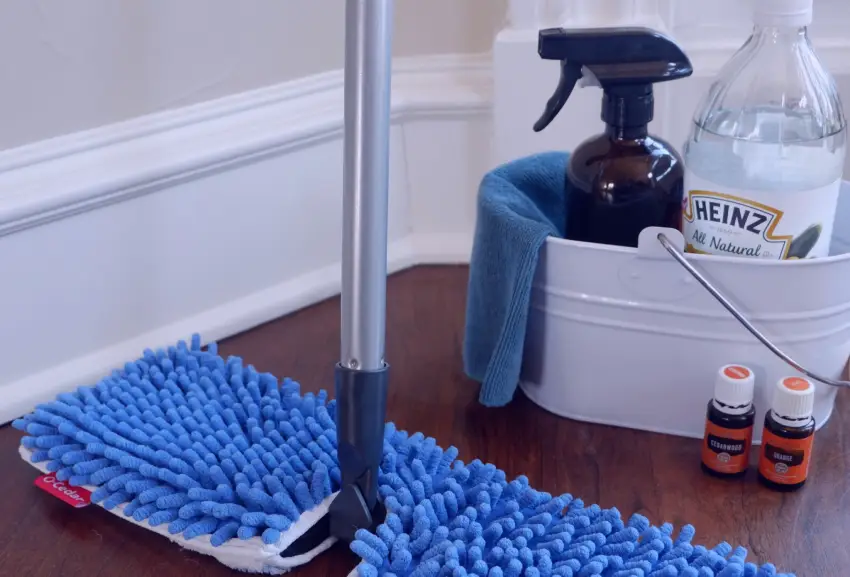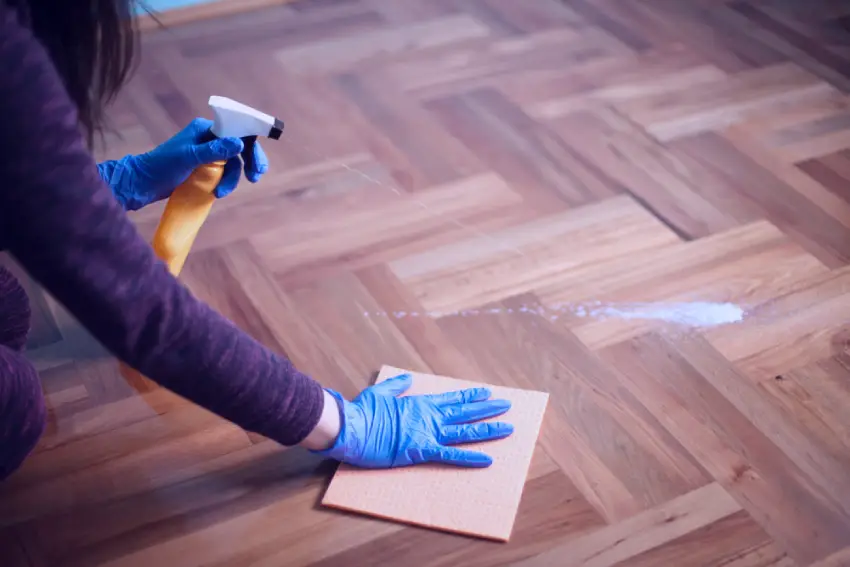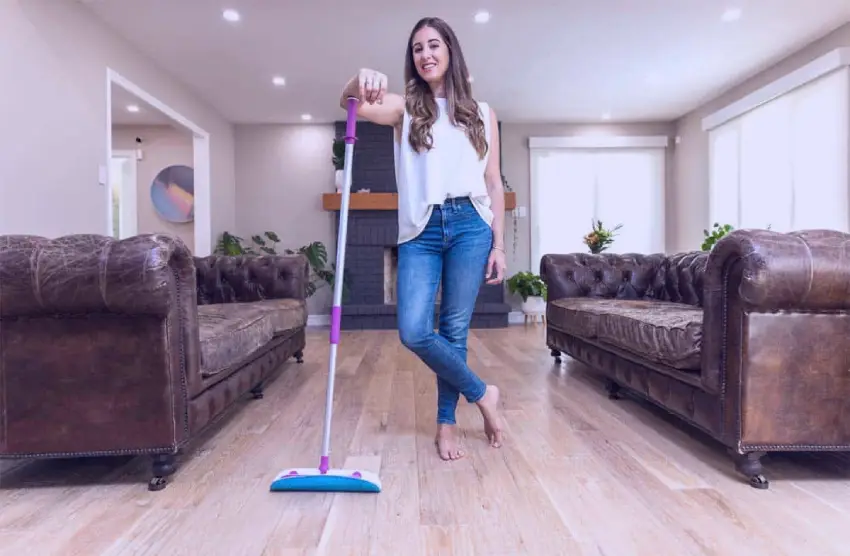Natural and Homemade Wood Floor Cleaners
Embracing natural and homemade cleaners is more than just economical, it’s also eco-friendly and gentle on your precious hardwood floors. They typically don’t contain harsh chemicals that could potentially damage the surface or fade the sheen of your floor. By harnessing the cleaning abilities of common household ingredients, you can maintain the luster and longevity of your hardwood floors.
Unlocking the secrets of your pantry can provide you with effective ingredients for homemade wood floor cleaners. Basic kitchen staples like vinegar, baking soda, and olive oil can be mixed in the right proportions to create cost-effective, eco-friendly cleaning solutions that are as efficient as they are safe for your hardwood flooring. Plus, the good news is you get to control the ingredients and quantities, ensuring a cleaner that’s tailored for your floor’s specific needs.
Benefits of Homemade Cleaners
Homemade cleaners have quietly turned into the smart choice for hardwood floor care. They are free from harsh, potentially damaging chemicals, making them safer for your floors and family, and friendlier to the environment. Economic and simple to create, they provide an easily accessible solution for hardwood floor maintenance.
Having control over the components in your cleaner grants the opportunity to eliminate traits harsh on hardwood, such as excessive alkalinity. High pH cleaners can dull the finish and even scratch your floor. With homemade cleaners, you can avoid these pitfalls, extending your floor’s lifespan as a result.
Natural hardwood floor cleaners, tailored at home, help to preserve the natural beauty and sheen of the wood. Homemade cleaners can be gentle, yet effective, avoiding the risk of degrading the surface. In boosting the longevity of your floors, they provide a sustainable solution.
The absence of strong fragrances in homemade cleaners can also prove beneficial, particularly for people with sensitivities or allergies. Store-bought cleaning products often contain artificial fragrances that can trigger allergies. By making your own, such irritants can be bypassed.
Most importantly, by crafting your own cleaners, you diminish waste. Buying commercial products riddled with plastic packaging is not just hard on the pocket, it also contributes to environmental pollution. Utilizing homemade cleaners reduces the reliance on plastic-packaged products, achieving a more circular economy in your home.
Homemade Wood Floor Cleaner Recipes
A cost-effective solution to maintaining hardwood’s luster is homemade cleaners. These are simple to create, using familiar ingredients, making it an eco-friendly, economical, and efficient option. Try a combination of half a cup of white vinegar, a teaspoon of vegetable oil, and a gallon of warm water for glaring shine.
Another brilliant recipe involves using liquid dish soap. Combine ten drops of dish soap with a pail of warm water. Be sure to rinse and dry immediately after application to prevent watermarks.
If you’re tackling tougher grime, use a combination of baking soda and water. It works remarkably well in lifting stubborn dirt. However, it’s essential to rinse off thoroughly after use because baking soda can leave a white residue.
Lastly, for an organic approach, use tea. Brew two teabags in boiling water, let it cool and use it to mop your floor. The tannic acid in tea imparts a beautiful shine without the use of harsh




